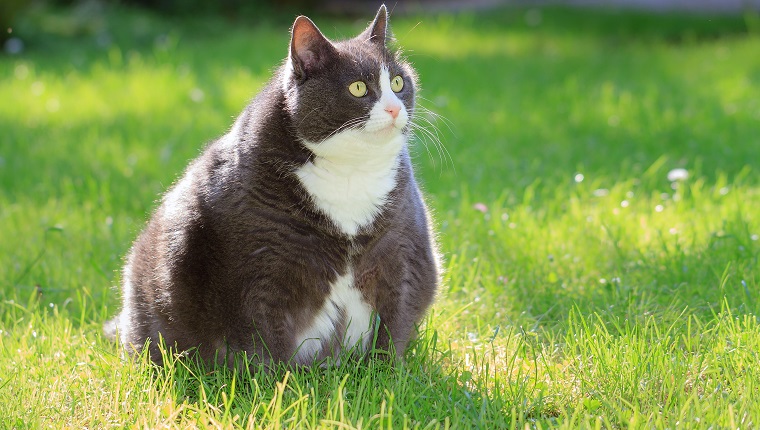Obesity is becoming an increasingly common problem for our cats.
Currently, in the United States, veterinarians estimate that about 60 percent of the feline patients seen are either overweight or obese. Even more alarming is the fact that many cat parents fail to recognize that their cats are overweight.
October 9th is National Pet Obesity Awareness Day, but obesity…









